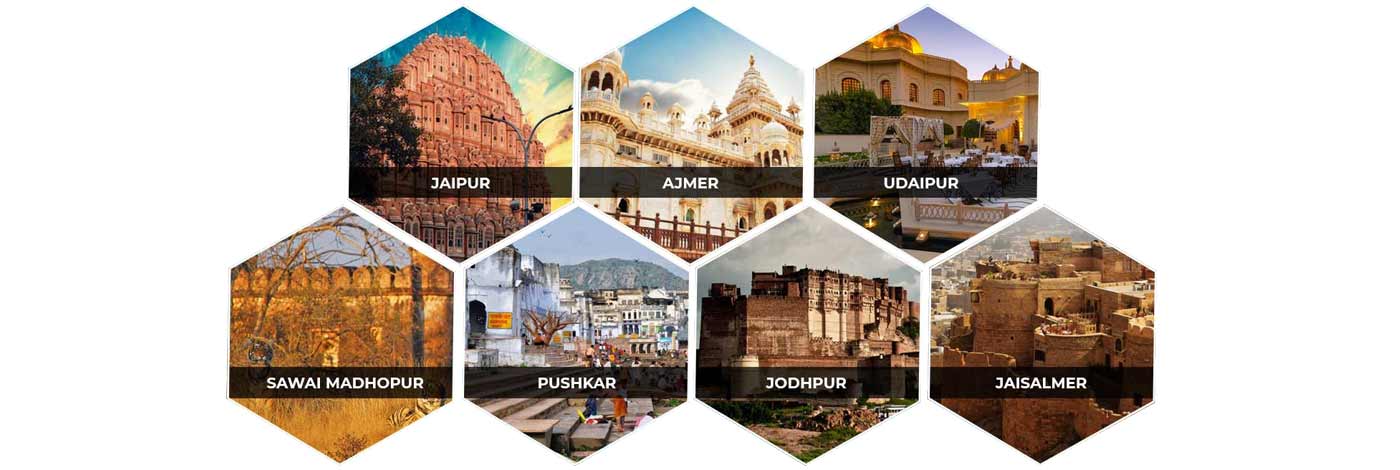
Government Museum of Ajmer
The Ajmer Government Museum was established in October 1908 under the initiative of Lord Carson and Sir John Marshall, the then Director-General of Archaeology in India. The museum is located in the Akbari Fort, which was commissioned by Akbar in 1570, and was the residence of his son Prince Salim. It presently houses a collection of Mughal and Rajput armour and sculpture.
The galleries at the Ajmer Government Museum include sections on Archaeology, Arts, Armory, Crafts, Industry, and Children gallery. Some popular sculptures found in the museum include Vishnu, Surya, Trimurti, Lakshmi Narayan, Hariharan, Kuber, Revanta, etc.
The sculptures of female deities found here include Mahishashur Mardini, Saptamatrikas, Jain Saraswati, Kali, and some ancient imagery of mother figures and maternal goddesses, etc. Medieval period battle weapons can be found in the arms and the armour section. Medieval battle weapons put on display include guns, daggers, swords, katar, dhal, jagnol, and farsa.
Sculptures
Sculptures constitute the most interesting section in the museum. This museum has some of the ancient, rare and unique piece which have been taken from Pushkar, Adhai-din-ka-jhonpra, Baghera, Pisangan, Harsnath (Sikar) Bharatpur, Sirohi, Arthuna and Osian.
These Sculptures range in date from Gupta period down to the 19th century A.D, signifies Jain faiths, Shiv and Vaishnava respectively. Among these patterns of art some of the fabulous master pieces like Shiv and Parvati (No. 13), Charturmukh Shivlinga’s (No. 15 & 16), Vishnu (No.50), Indra (No.55), Laxmi Narain (No.352), Kuber(No.54, 349, 356), marriage of Brahma-Vishnu-Mahesh (No.206), Lingodbhav Maheswar (No. 374), Surya (No.370), Nakshatras (No.451), Ganesh (No. 1054), Vahah (No.448), etc.
A separate gallery of the museum also exhibits a wonderful collection of Jain figures which are very interesting. Most of the Jain statues of this Museum comes from Rajasthan as Rajasthan is a prominent hub of Jain culture. Some of the important collection of Jain sculptures in the museum comprise the statues of Kunthunath (No 1143), Yaksha Gaumukh (No 370), Shantinath (No 344-345), Mahaveer (No 279), Rishabnath (No 44), Parsvanath (No 56 & 17). The museum also exhibits statues of Saraswati (No 57-58), which is a very prominent attraction of the museum and is worth to visit this statue.
Most of the collection of the sculptures of the museum belongs to the period of Chauhan rulers of Ajmer like, Someswar, Prathviraj IIIrd, Simhraj, Vigrahraj IInd, Vigrahraj IIIrd, Vigrahraj IVth, and Ajaydeo, it was the period from 10th century A.D. to 12th century A.D. During this era, growth is observed in every area of life. Important cultural hub in Rajasthan during this era was Ranthambhor, Sarwar, Naraina, Bisalpur, Baghera, Ajmer, Nadol. During this period architectural patterns of art and various activities of art were at the peak. The materials which were used during this era are white marble schist, granite, light sand stone, basalt, and in 11-12th century images (from Bhaghera) a fine grieved black soft stone which makes possible clear cut and excellent features of the figures and also high polished minute carving.
Museums in Rajasthan
Rajasthan is the home of royals having a golden history. Like its forts and palaces, Rajasthan museums known to displays historic marvels and murals. "Museums of Rajasthan" details the origin, history and theimportance of seventeen government museums of the state. Themuseums covered include those of Ahar, Ajmer, Alwar, Amber, Bharatpur, Bikaner, Chittorgarh, Dungarpur, Jaisalmer, Jhalawar,Jodhpur, Kota, Mount Abu, Pali, Sikar, Udaipur and Virat Nagar.This book provides a different section on each museum, cataloguingsignificant archaeological findings, sculptures, paintings, armsand weapons, musical instruments, textiles and carpets, crafts anddecorative arts, jewellery, terracotta, wood, stone, leather andmetal work, ceramics and pottery. This selection of the archivalcollections explores the rich artistic tradition of Rajasthan, describes their significance and how they figure into the overalldevelopmental pattern of Indian art. "Museums of Rajasthan" surveysthe character of Rajasthani art and the influences arising from itsreligious and cultural milieu. The major themes of the collectionsas well as the style, history, and iconography of individual piecesare succinctly explained. This book combines concise overviews withcaptivating detail and includes an appendix that providesinformation about the museum sites, full addresses of all themuseums and brief details of opening hours. It is also an engagingvisual record and presents superb artworks in stunning, well chosencolour photographs. It will be of immense interest to scholars, andwill prove to be an invaluable reference tool and guide forvisitors to Rajasthan.
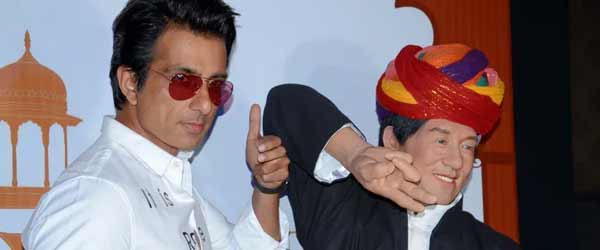
Jaipur Wax Museum
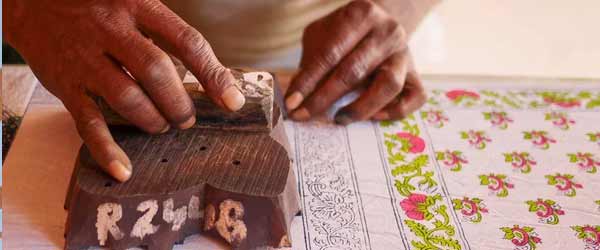
Anokhi Museum of Hand Printing
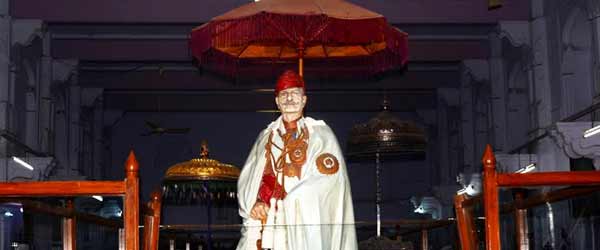
Maharao Madho Singh Museum
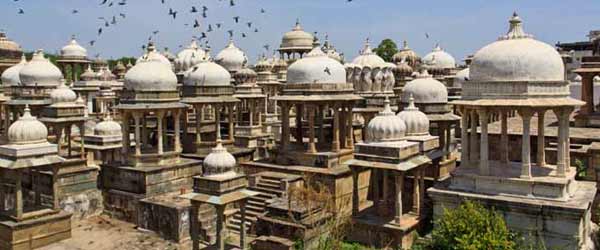
Ahar Museum, Udaipur
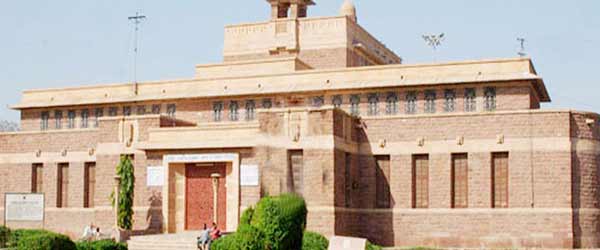
Jodhpur Government Museum
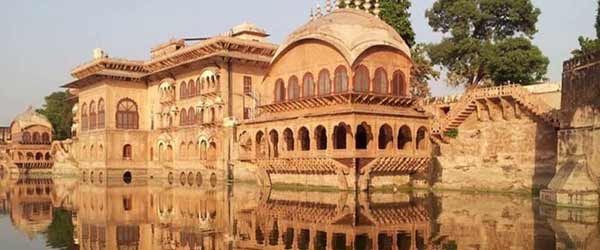
Bharatpur Palace and Museum
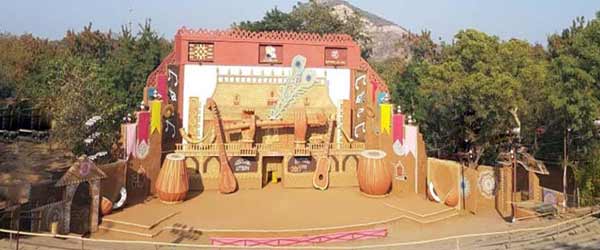
Shilpagram, Udaipur
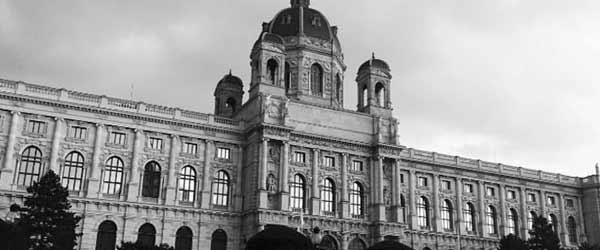
Government Museum of Ajmer
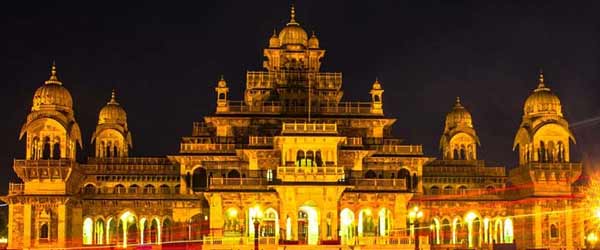
Albert Hall Museum, Jaipur
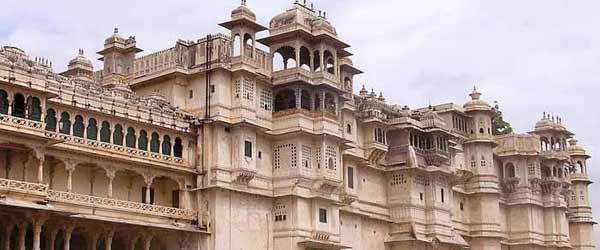
City Palace Museum, Udaipur
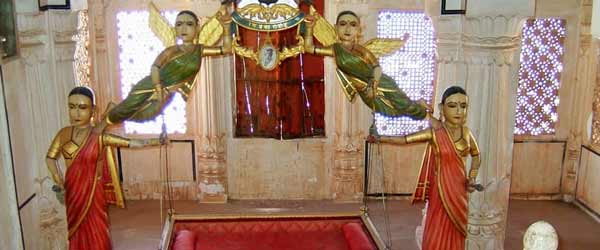
Dolls Museum in Jaipur
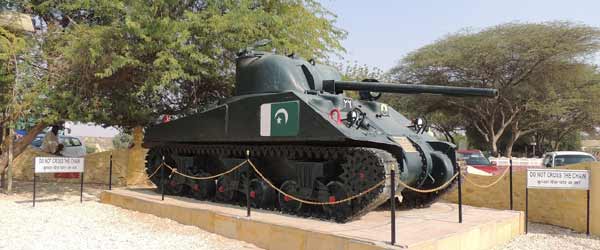
Longewala War Museum
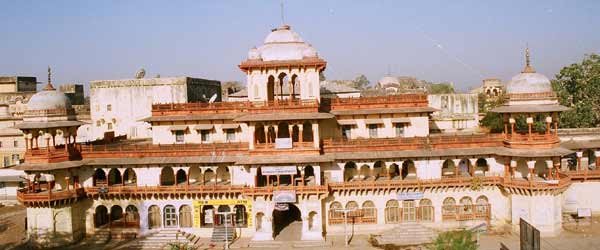
Jhalawar Government Museum
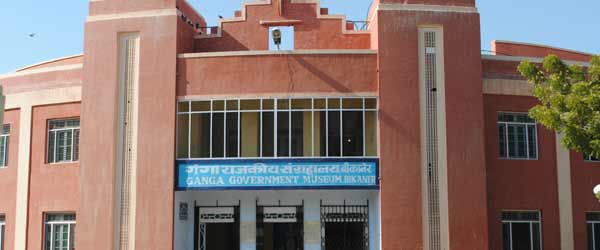
Ganga Government Museum
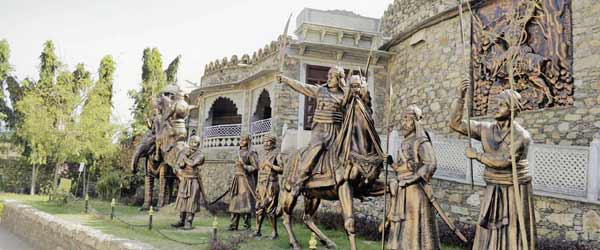
Haldighati Museum, Udaipur
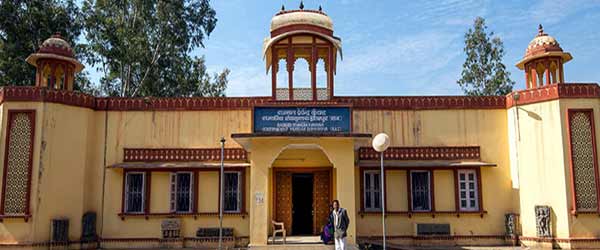
Archaeological Museum
 +91 9549279999
+91 9549279999 